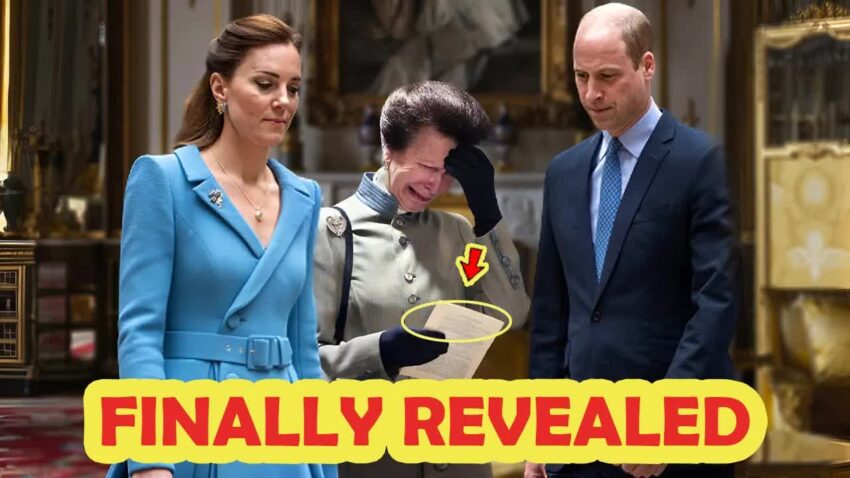It has been two years since Queen Elizabeth II’s passing, yet the specifics of her will remain shrouded in secrecy.
Following a long-standing royal custom, the wills of senior royals are submitted to London’s High Court, where they are sealed away for a minimum of 90 years.
This means that it’s highly unlikely anyone alive today will ever get a glimpse of what the Queen left behind.
While the British royal family boasts an impressive net worth of approximately $28 billion, much of this wealth is tied up in estates, historic sites, and various assets that aren’t easily liquidated.
However, Queen Elizabeth herself amassed a personal fortune estimated at over $500 million during her remarkable 70-year reign.
This wealth comes from a variety of sources, including wise investments, an extensive art collection, and a treasure trove of jewelry and real estate.
In a deeply touching gesture, it is believed that the Queen took great care in selecting personal gifts for each member of her family.
These gifts were more than just financial bequests; they symbolized the essence of her relationships, encapsulating the roles and memories she shared with her loved ones.
Such thoughtful tokens reflect the warmth and depth of her familial bonds, making her legacy even more poignant.
Princess Anne, one of the Queen’s closest confidantes, recently opened up about her mother’s last days, offering a heartfelt portrayal of those final moments.
Despite her declining health, the Queen maintained her steadfast commitment to duty and her role within the royal family.
Anne shared that her mother was in good spirits and remained actively engaged in royal affairs, even as her health took a turn for the worse.
According to author Robert Hartman, who documented the Queen’s final days in a recent publication, her last moments were both dignified and profoundly moving.
In the days leading up to her death, Queen Elizabeth met with then-outgoing Prime Minister Boris Johnson and his successor, Liz Truss, at Balmoral Estate.
Guests noted how lively she appeared during a pre-dinner gathering, engaging in warm and spirited conversations.
However, later that evening, the Queen chose to dine alone, a decision some interpreted as a subtle acknowledgment of her fragile state.
The following day, she spent her time resting in bed but still attempted to stay connected to her duties by arranging a video meeting with the Privy Council.
As her condition deteriorated, plans shifted to a phone call, but ultimately, she made the difficult choice to cancel altogether, opting to heed medical advice to conserve her strength.
On the evening of September 7, Princess Anne and her private secretary alerted then-Prince Charles about the Queen’s worsening condition, urging him to come to her side immediately.
Early the next morning, he and Queen Camilla traveled to Balmoral.
However, tragically, Charles was not present when she passed, having briefly stepped outside for a moment of reflection.
Princess Anne remained vigil by her mother’s side, accompanied by the Queen’s trusted assistant, Angela Kelly, and Reverend Kenneth Mackenzie, who provided comfort by reading biblical passages during those final hours.
Unfortunately, despite the urgency of the situation, many family members—including Prince William, Prince Andrew, and Prince Edward—were still en route to Balmoral when the Queen took her last breath.
For Prince Harry, the loss was compounded by a painful delay stemming from ongoing family tensions.
He was not included in the travel arrangements and learned of his grandmother’s passing through a BBC breaking news alert upon landing in Scotland.
